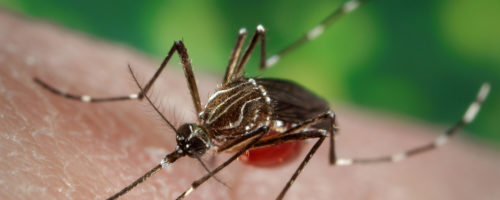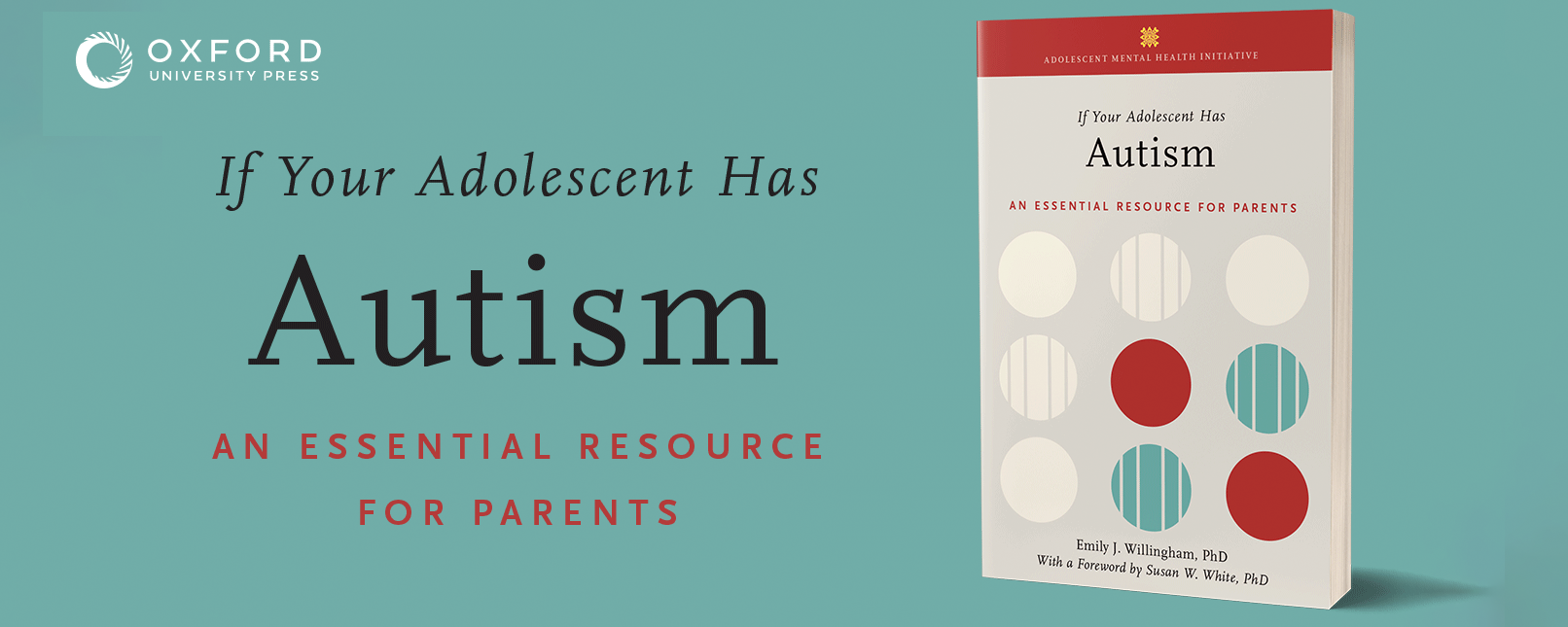A study of major media coverage of the 2016 Zika virus outbreak in the United States found that while stories focused more heavily on certain risk aspects of the disease than others, it was the volume of Zika news coverage that increased public familiarity with it.
The study, by researchers at the Annenberg Public Policy Center (APPC) of the University of Pennsylvania, looked at Zika news coverage over eight months in 2016. They found that the amount of coverage was sensitive to external events, and peaked in early August before the opening of the Summer Olympics in Rio de Janeiro amid concerns that athletes and visitors could be at risk given the ongoing Zika outbreak in Brazil.

“We see differences in both the volume and emphasis of coverage over time,” said co-author Yotam Ophir, an APPC postdoctoral fellow who conducted the study with APPC director Kathleen Hall Jamieson. “But we also see that it doesn’t really matter what the media talked about. It’s the general attention that the media gave to the disease that increased people’s familiarity with it, and that sent people to look for more information.”
The research was based on a content analysis of news stories and weekly Annenberg Science Knowledge (ASK) surveys conducted between February and September 2016 with a total of more than 37,000 U.S. adults. The study was published last month in Health Communication.
Zika is transmitted mainly by the bite of an infected Aedes mosquito, but also can be sexually transmitted. The Zika virus can be passed from a pregnant woman to her fetus and can cause microcephaly and other severe brain defects, according to the Centers for Disease Control and Prevention (CDC). The most common symptoms of the virus include fever, rash, and headache, though most people who are infected will not show any symptoms.
What Zika news coverage featured
The researchers did a content analysis using a dozen news sources, including major newspapers, television networks, and websites. “Things that were easier to depict visually and fit traditional ideas of what is newsworthy got more prominence because they fit journalistic routines better,” Ophir said. “The result is that some important risk information was largely neglected.”
Among the 1,857 news accounts examined, transmission by mosquitoes and the threat of microcephaly were the most prevalent topics:
- 67 percent of the news stories mentioned transmission of Zika by mosquitoes
- 30 percent mentioned the threat of microcephaly
- 22 percent mentioned sexual transmission
- 13 percent mentioned the asymptomatic nature of the disease
While coverage peaked around the Summer Olympics, other events also prompted spikes in coverage, including the CDC’s announcement that Zika causes birth defects; the Senate’s voting on funding to combat Zika; and Florida’s confirmation of locally transmitted cases of Zika.
The effects of Zika new coverage
When comparing news coverage with surveys on the public’s familiarity with the disease, the researchers found a relationship between the amount of coverage on a given day and the public familiarity with Zika the following day. In addition, Ophir noted, “When coverage went up, people talked about Zika more with their family and friends.”
According to the social amplification of risk theory, the study noted, journalists’ emphases and omissions are expected to influence public knowledge about those areas. However, the study found that what news coverage did or didn’t emphasize did not predict changes in knowledge.
“This supports the notion that the media can put a disease on people’s agenda,” Ophir said. “The media told people what to think about, but didn’t tell them how to think about it, at least based on what we studied. The media raised the idea and people seem to have gotten more information from someplace else.”
The study suggests that the success of public health campaigns still depends in part on cooperation and regular coverage on the part of traditional news media organization, and that both health officials and the media play essential, complementary roles in alerting the public to public health risks.
To download this news release, click here.
“The Effects of Zika Virus Risk Coverage on Familiarity, Knowledge and Behavior in the U.S. – A Time Series Analysis Combining Content Analysis and a Nationally Representative Survey” is published in Health Communication.


